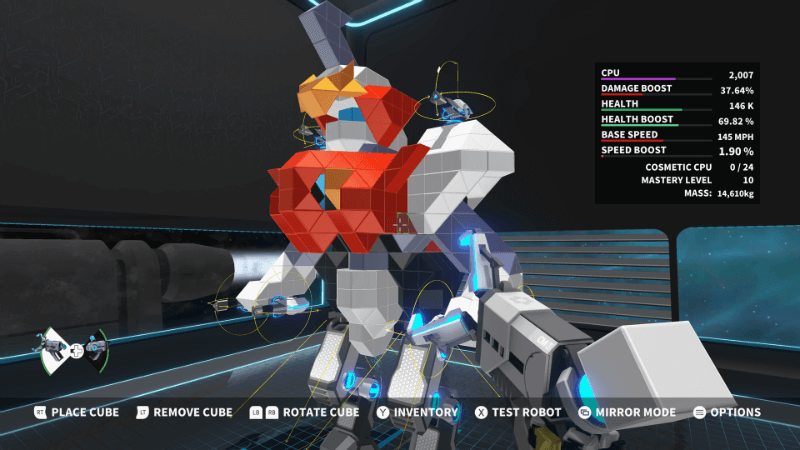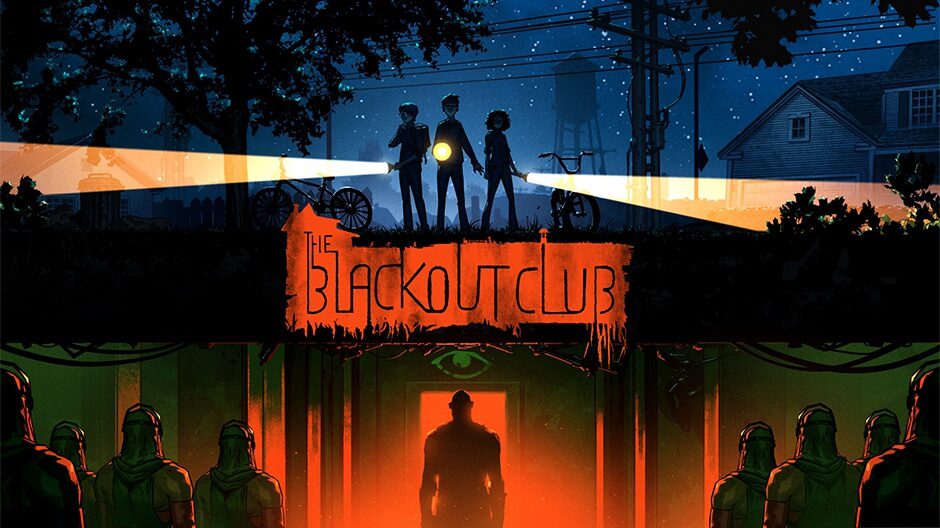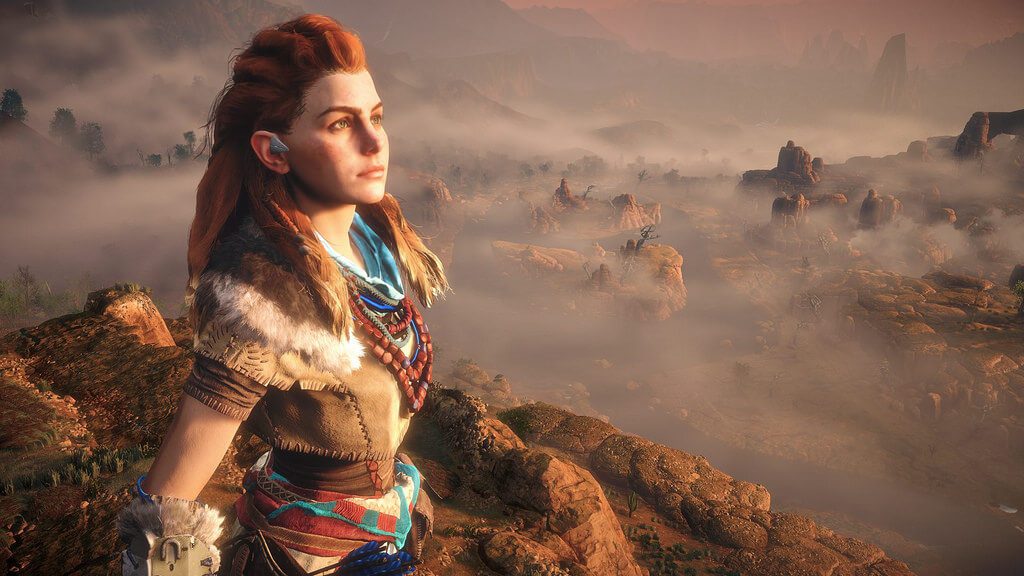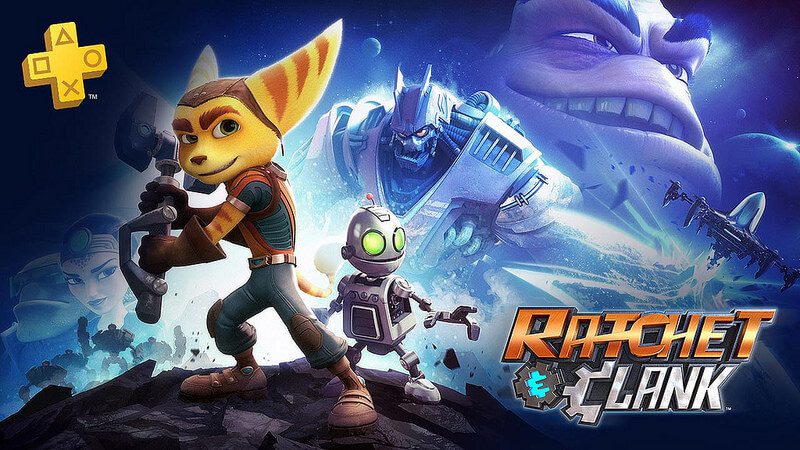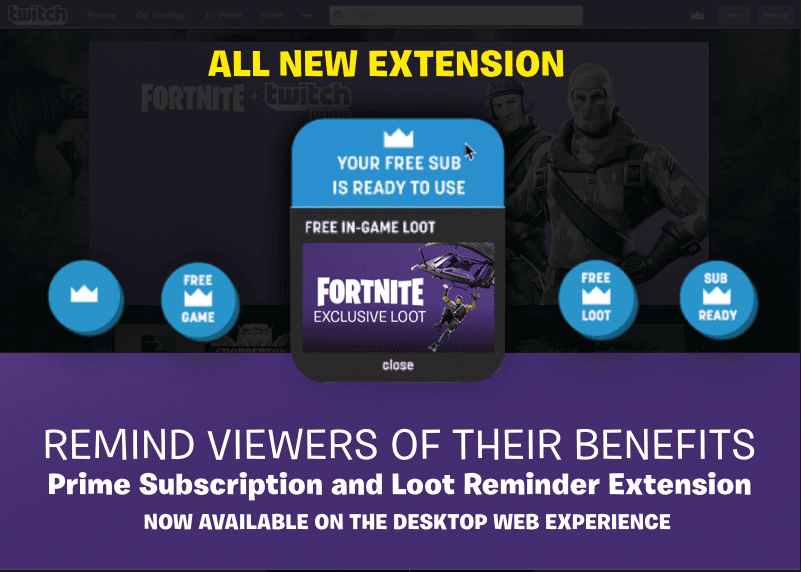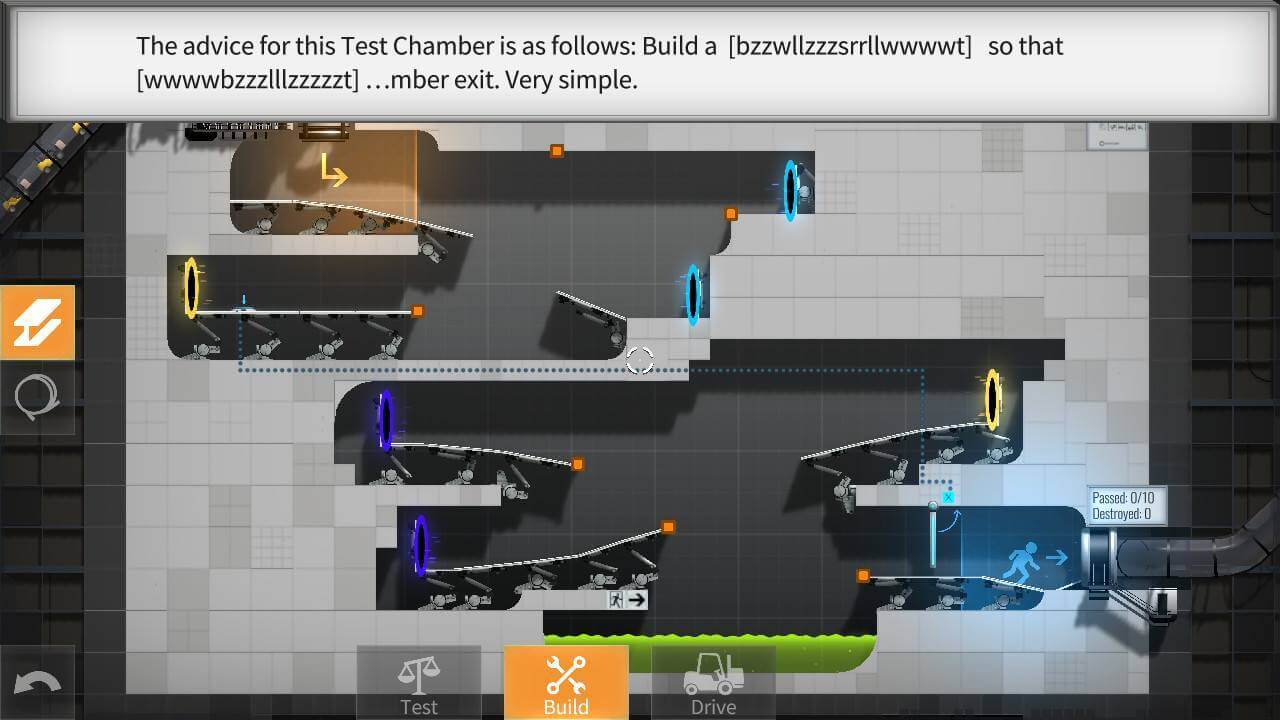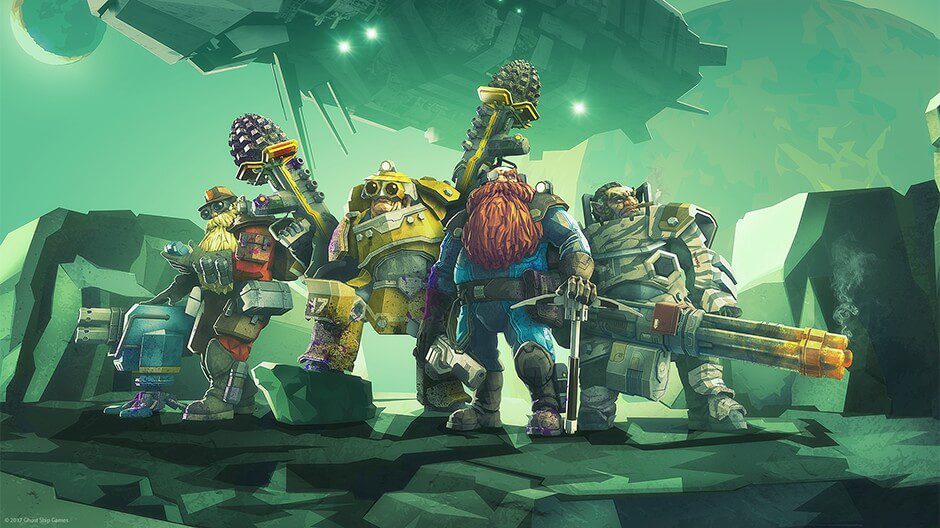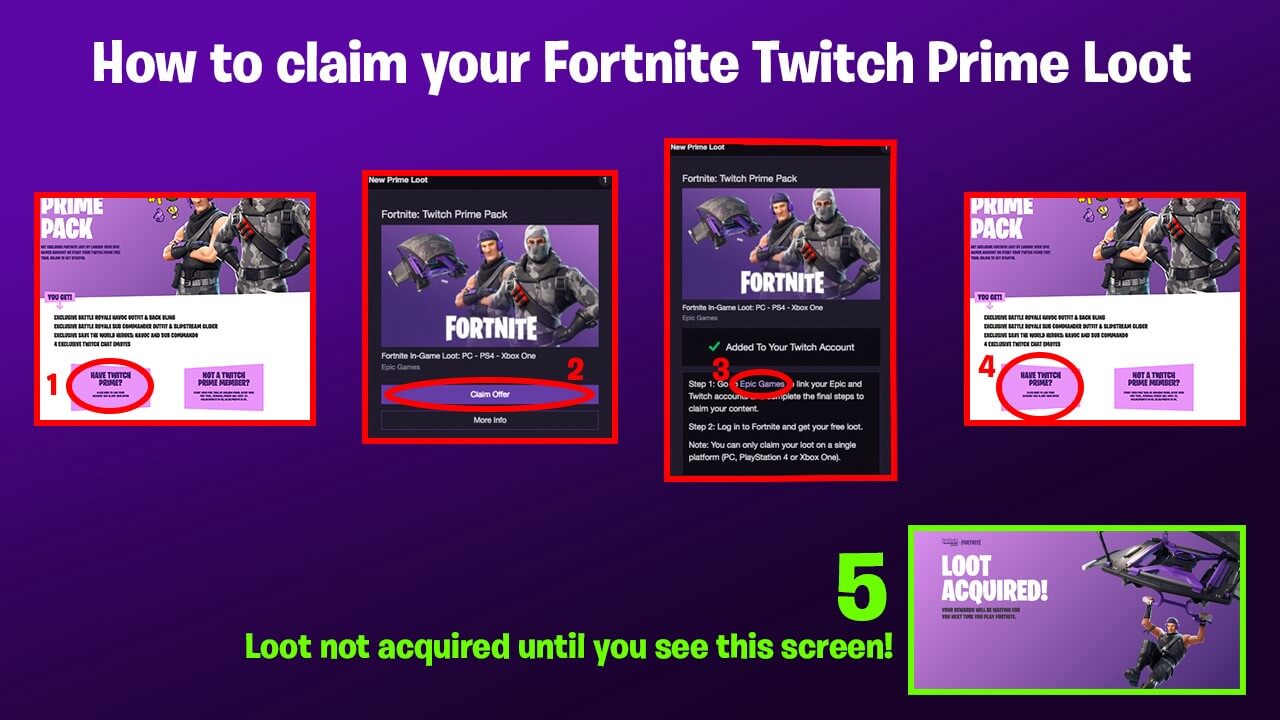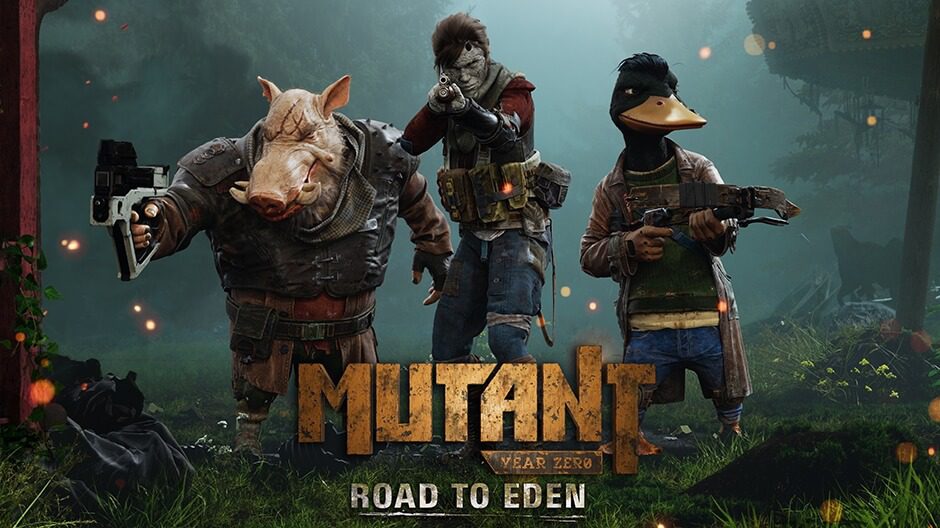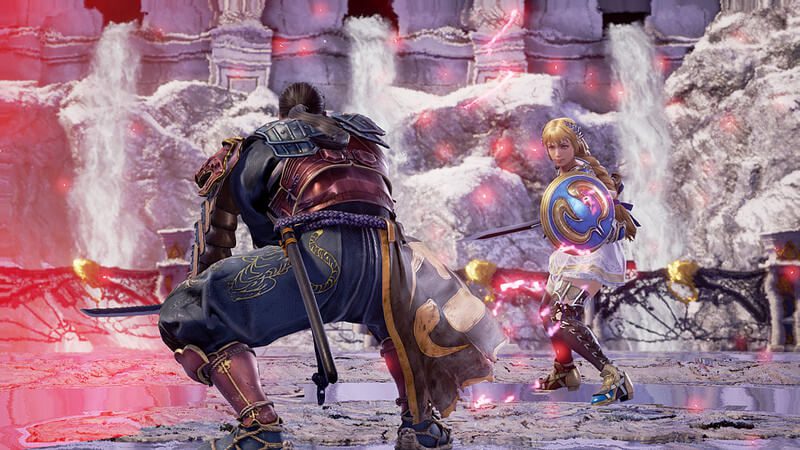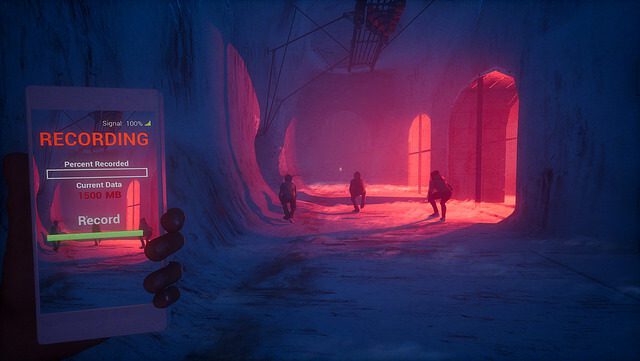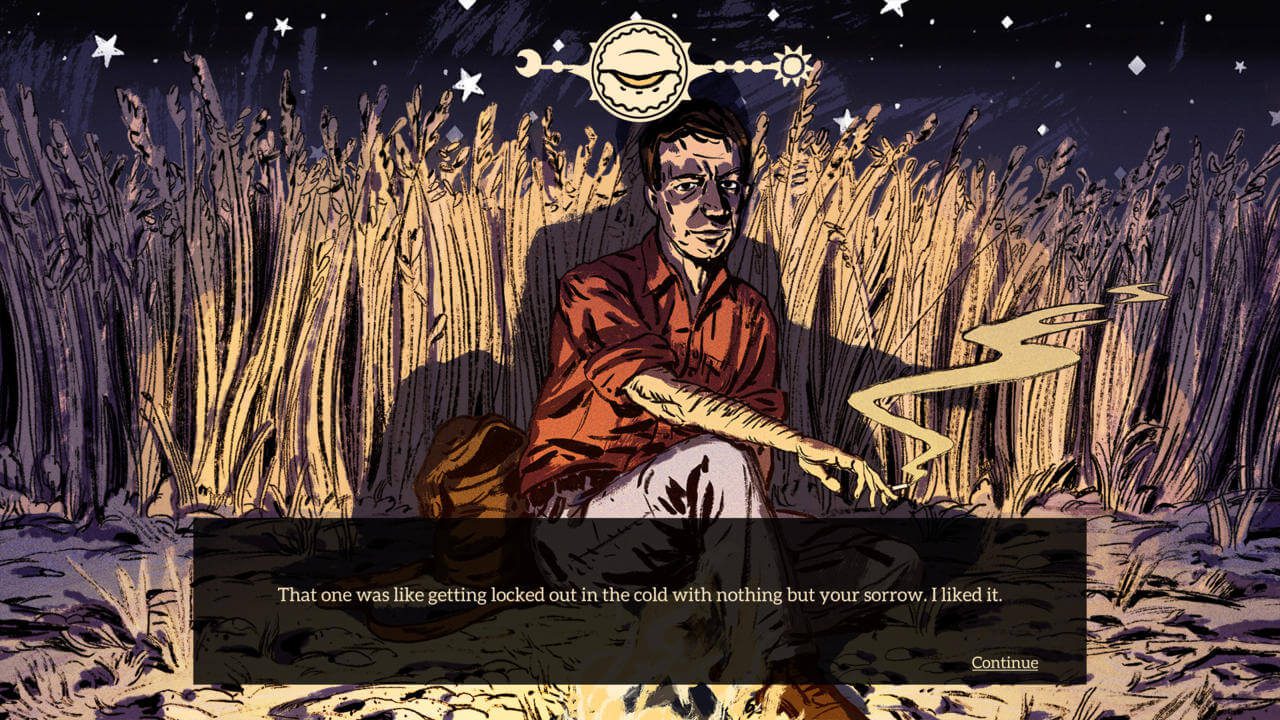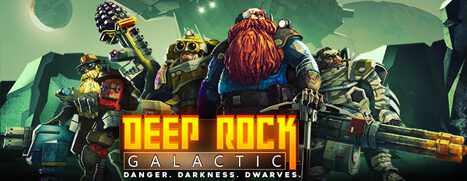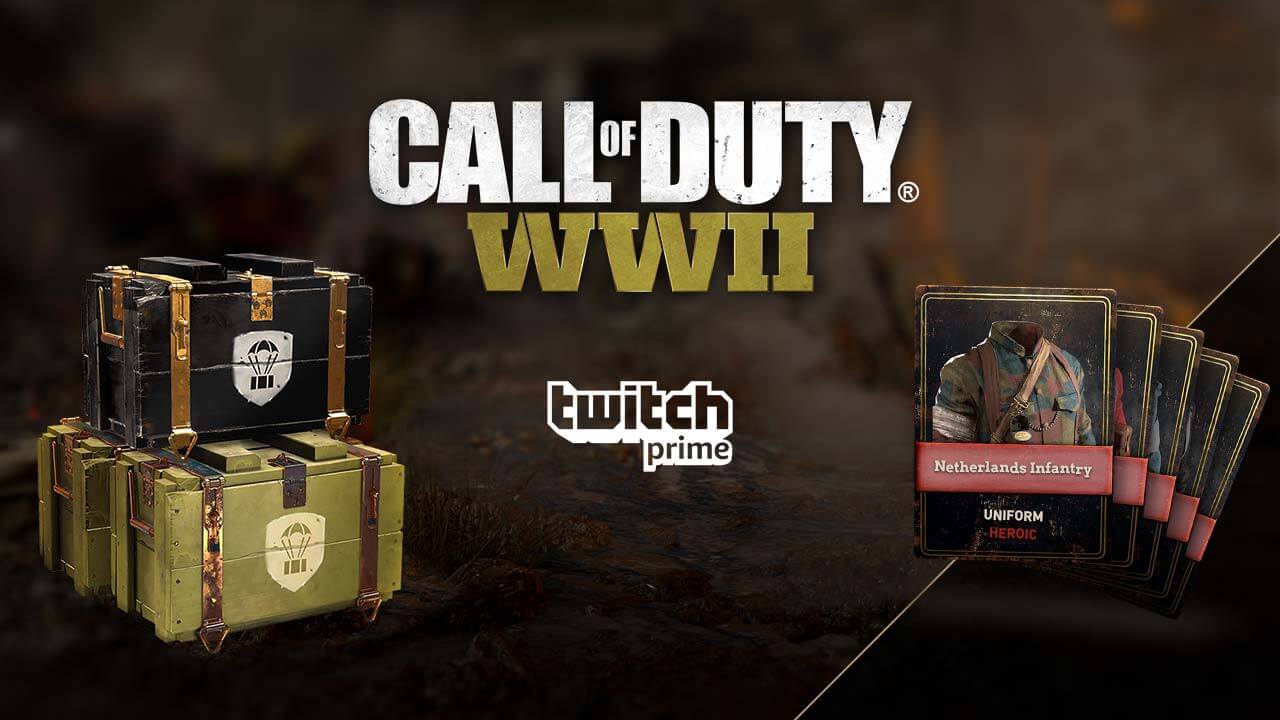Kategorie: Games
-

Build Your Way to Victory in Robocraft Infinity on Xbox One
Reading Time: 5 minutesHello, Insiders! We are very excited to tell you about Robocraft Infinity, an awesome game that is coming to Xbox One very soon. In fact, Freejam and the Xbox Insider Program are teaming up to host an open beta this weekend for all Xbox Insiders! We met with Andy Griffiths, Communications Manager…
-

Get started building Extensions on mobile
Reading Time: 3 minutesSince the launch of Extensions last September, we’ve been blown away by the community’s response and contributions. The Twitch developer community has created over 150 Extensions for streamers to use, and over 2000 of you have expressed interest in building more! Today, we’re excited to announce that we’re bringing Extensions to our…
-

Co-Op Horror Coming to Xbox One in 2019 with The Blackout Club
Reading Time: 3 minutesHey Xbox fans! We’re excited to announce our next game, The Blackout Club, will be coming to Xbox One! The Blackout Club is a brand new co-operative horror experience, something that unites up to four players against an ever-changing and horrifying evil, set within a small modern town. We think it’s going…
-

Horizon Zero Dawn Celebrates its First Birthday, Surpasses 7.6 Million Sales
Reading Time: 3 minutesIt’s hard to believe that a full year has passed since we released Horizon Zero Dawn. The old adage “time flies when you’re having fun” certainly rings true for us – these last 12 months have been an absolute blast, thanks in no small part to the terrific response from our fan…
-

PS Plus: Games for March, Additional Service Changes
Reading Time: 3 minutesMarch is just around the corner, along with spring and some really great games. Let’s see what’s coming to PS Plus next week! First up, we have the award-winning action RPG Bloodborne. Hunt your nightmares as you search for answers in the ancient city of Yharnam, now cursed with a strange endemic…
-

Prime Subscription and Loot Reminder Extension Now Available!
Reading Time: 2 minutesWe at Twitch Prime are excited to introduce the new Prime Subscription & Loot Reminder Extension, which is now available to all streamers on Twitch starting today. This extension will notify viewers of your channel when they have a new Twitch Prime channel subscription available to use and when there is new…
-

Bridge Constructor Portal Review
Reading Time: 6 minutesBridge Constructor Portal leans heavily upon its iconic forebears. GlaDOS, an uncaring-though-humorous AI, greets you at the beginning of many levels, setting the stage for the plentiful puzzles that lay before you. It sounds like the setup for another delicious brain-teaser that will tickle your funny bone while pushing your logic muscles.…
-

Deep Rock Galactic is Available Now on Xbox Game Preview
Reading Time: 2 minutesWe’re absolutely thrilled to share the news with you that Deep Rock Galactic, our co-op first, dwarven mining FPS is officially available as a console launch exclusive on Xbox Game Preview! In celebration of this momentous day, we thought we’d fill you in on where our intergalactic mining operation is now, and…
-

Squad Up in Fortnite with the Exclusive Twitch Prime Pack!
Reading Time: 2 minutesEpic Games is squading up with Twitch Prime to bring you the Fortnite Twitch Prime Pack! Starting Feb. 28, Twitch Prime subscribers will be able to grab a pack of exclusive Fortnite loot. That’s … Exclusive Battle Royale Havoc Outfit & Back Bling: Style on friend and foe with the Havoc outfit and…
-

Get Tactical and Stealthy in Mutant Year Zero: Road to Eden
Reading Time: 2 minutesWe’re very excited to announce Mutant Year Zero: Road to Eden, a tactical adventure game that combines the turn-based combat of XCOM with story, exploration, stealth, and strategy. The game will be hitting Xbox One in 2018. Today we’re excited to share the first bits of information along with the first screenshots…
-

TwitchCon 2018: San Jose
Reading Time: < 1 minuteWe’ve kept it under wraps far too long and we simply can’t take it any longer. Now we can finally spill the beans. TwitchCon is bringing the party back to NorCal in 2018 and this time we’re coming to San Jose, CA. It’s our biggest event of the year and you’re…
-

Bridge Constructor Portal Available Now on Xbox One
Reading Time: 2 minutesWhat’s going to be Portal in Bridge Constructor Portal? You might ask yourself this question just as we did when we started to work on this game. Of course, we chose the Aperture Science Laboratories as the game’s setting to bring up good old memories. Also, GLaDOS had to be there to accompany…
-

Gwent Gets an All-New Arena Mode, Out Today
Reading Time: 3 minutes2018 is shaping up to be a great year for Gwent! Even though the game is still in beta, players have already put a vast number of hours either playing it casually or taking it to the competitive scene. We’ve also got to experience some amazing and skillful battles over the course…
-

Armor Breaks, One Liners and Facial Fuzz: 12 Reasons Why We Already Love SoulCalibur VI
Reading Time: 5 minutesSoulCalibur VI’s roster is growing rapidly. While last year’s announcement was only headlined by series veterans Mitsurugi and Sophitia, they were swiftly joined by Kilk, Xianghua, Nightmare and new fighter Grøh. And late last week, familiar faces Ivy and Zasalamel were revealed to be returning the stage of history. Those last two…
-

Co-Op Horror Game The Blackout Club Coming to PS4 Next Year
Reading Time: 3 minutesHello, PlayStation fans! My name is Michael Kelly, a producer and designer here at Question. We’re a small independent studio made up of former AAA veterans who worked together on games such as the BioShock series and Dishonored, as well as our indie debut The Magic Circle. Today I’m thrilled to finally…
-

Players’ Choice: Vote For the Best Game of February 2018
Reading Time: 2 minutesFebruary is nearly over, which spells the beginning of another Players’ Choice vote! Players’ Choice is a way for PlayStation fans to recognize the very best games on PlayStation platforms. Last month, Monster Hunter World captivated PlayStation fans and managed 50% of the overall vote. Who will take the crown in February?…
-

Where The Water Tastes Like Wine Review: Hard Travelin‘
Reading Time: 5 minutesWhere the Water Tastes Like Wine defies any sort of comparison to other games. You’re tasked with collecting stories and building up folklore across Dust Bowl America, wandering across the land and briefly involving yourself in other people’s lives. You’re collecting tales so that you can share them with other wanderers who…
-

Now Available on Steam Early Access – Deep Rock Galactic
Reading Time: < 1 minuteDeep Rock Galactic is Now Available on Steam Early Access! Deep Rock Galactic is a 1-4 player co-op-first sci-fi FPS featuring badass space Dwarves, 100% destructible environments, procedurally-generated caves, and endless hordes of alien monsters. Website: LINK
-

Twitch Prime members, grab a Heroic Uniform Bribe and more in Call of Duty: WWII!
Reading Time: < 1 minuteStarting February 27, Twitch Prime members will be entering the fourth of six reward periods, and this time around you’re getting a Heroic Bribe which contains 1x Heroic Uniform and 2x random items from the gear pool. Don’t forget you also get 2x Rare Supply Drops. Oh yeah, and that heroic…
-

Where to learn more about Twitch during GDC 2018
Reading Time: 2 minutesWe are getting closer to our favorite week in San Francisco, when the city transforms into a game developer mecca thanks to GDC! Our Twitch Developer team couldn’t be more excited to join many of you and geek out at the world’s largest developer game industry event. We’ve had an exciting year…
-

Now Available on Steam – Cyberdimension Neptunia: 4 Goddesses Online | 四女神オンライン CYBER DIMENSION NEPTUNE | 四女神ONLINE 幻次元遊戲戰機少女, 30% off!
Reading Time: < 1 minuteCyberdimension Neptunia: 4 Goddesses Online | 四女神オンライン CYBER DIMENSION NEPTUNE | 四女神ONLINE 幻次元遊戲戰機少女 is Now Available on Steam and is 30% off!* In this hack ’n‘ slash adventure co-developed with Tamsoft and Compile Heart, everyone’s favorite four Goddesses enter an online fantasy game world inspired by… themselves! Choose from 12 characters,…
-

Into The Breach Review: A Mechanized Masterpiece
Reading Time: 7 minutesIn 2012, Subset Games released FTL–a strategy roguelite whose best moments were when everything worked like a well-oiled machine, but also when you were frantically trying to adapt to dangerous, unexpected situations in the spur of the moment. Into The Breach, Subset’s sophomore effort, again has you enacting carefully planned strategies. The…
